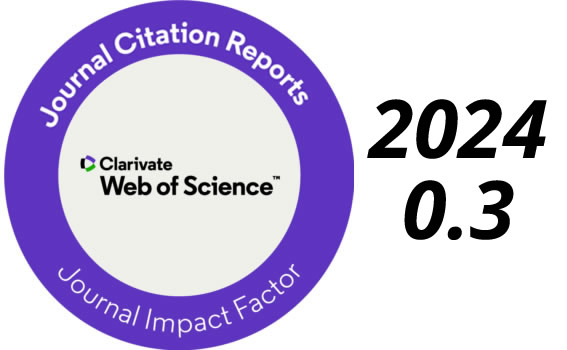Reactivation of hypersaline aerobic granular sludge after low-temperature storage
DOI:
https://doi.org/10.24850/j-tyca-2017-02-06Palabras clave:
Hypersaline, aerobic granular sludge, filamentous bacteria, reactivationResumen
Chen, Y., Zhu, J. Y., Qin, Y., Zhang, Z. M., & Yuan, S. C. (March-April, 2017). Reactivation of hypersaline aerobic granular sludge after low-temperature storage. Water Technology and Sciences (in Spanish), 8 (2), 61-70.
Reactivation of hypersaline aerobic granular sludge after low-temperature storage was studied by slowly increasing the organic loading. Results indicated that the basic external features of thawed hypersaline aerobic granules were still largely intact after a six-week low temperature storage, but the colors and internal structure changed greatly. Aerobic granules experienced a process of particle disintegration, fragmentary particles, filamentous bacteria-like particles, and dense granules during the recovery process. After more than one-month re-cultivation, the settling property, dehydrogenase activity, and nitrification properties of hypersaline aerobic granules returned to normal. During the re-cultivated process, the decentralized growth pattern of particles can be effectively controlled, and granules can grow compactly by controlling water alkalinity, aeration rate and reactor settling time.
Descargas
Cómo citar
Número
Sección
Licencia
Por Instituto Mexicano de Tecnología del Agua se distribuye bajo una Licencia Creative Commons Atribución-NoComercial-CompartirIgual 4.0 Internacional. Basada en una obra en https://www.revistatyca.org.mx/. Permisos que vayan más allá de lo cubierto por esta licencia pueden encontrarse en Política editorial









